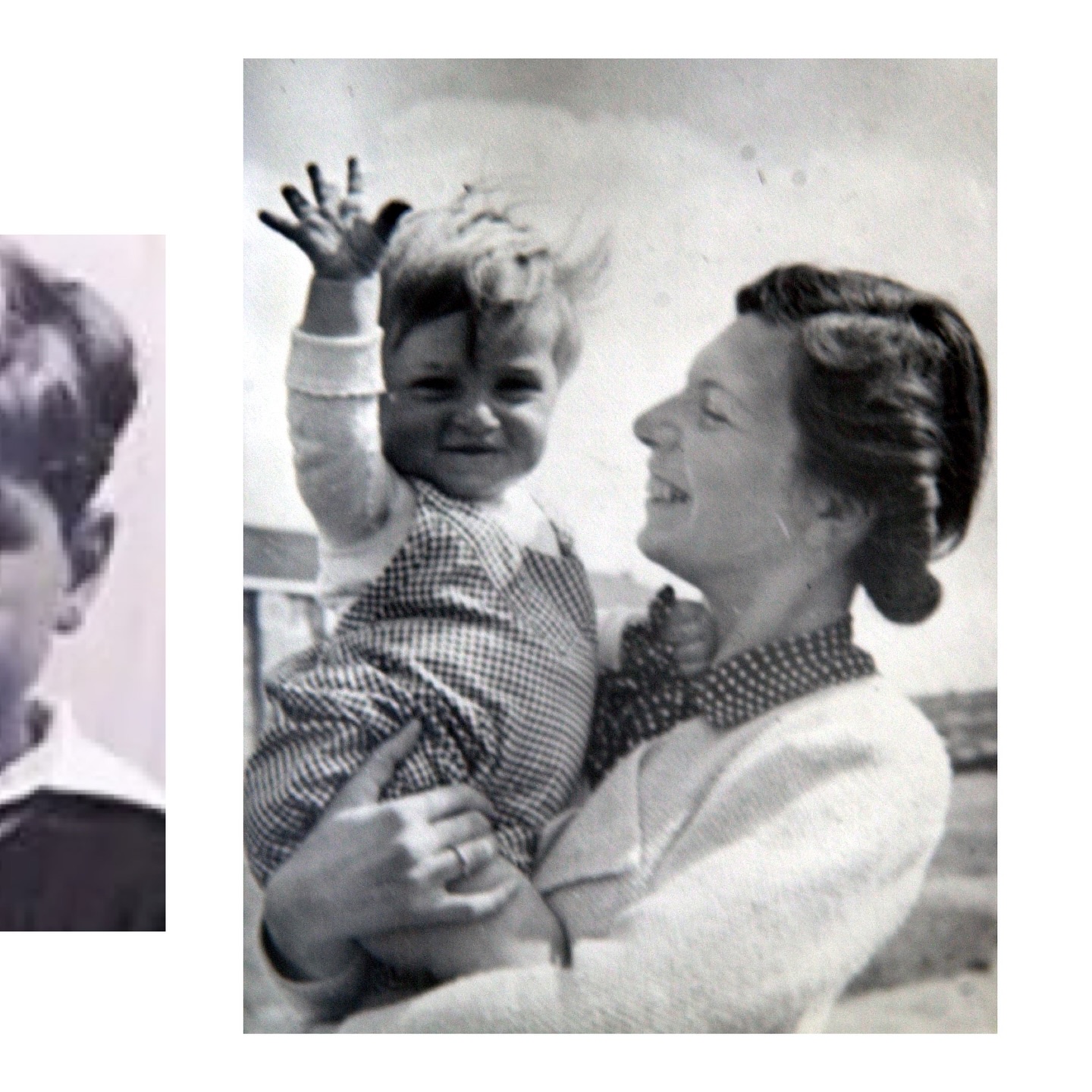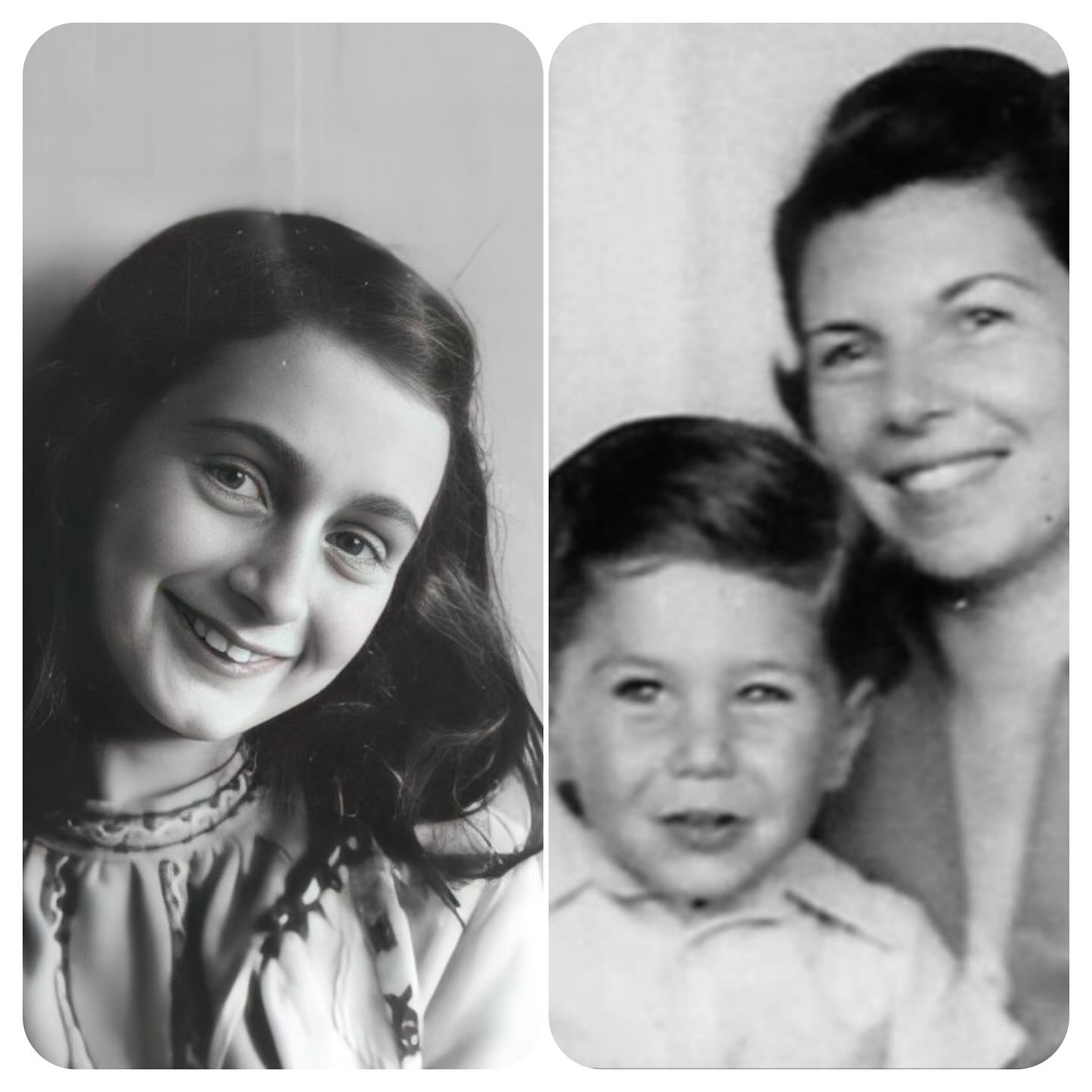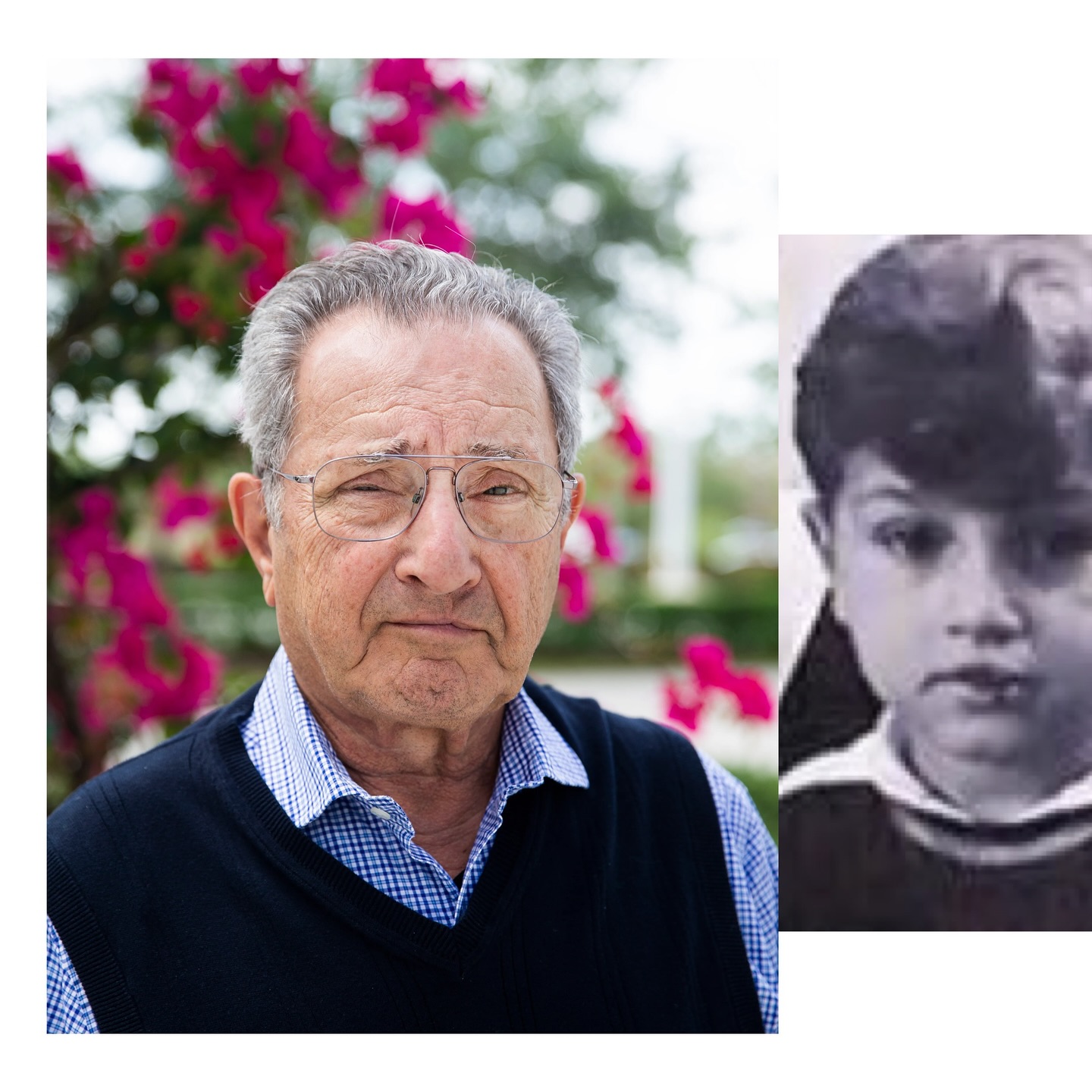The Boy with Anne Frank’s Souvenir
Some people carry their memories in their hearts. Pieter Kohnstam carried his on his chin, a thin white scar that told a story only a few people in the world could tell. It wasn’t a mark of war, but of a scraped knee and the quick, excited hands of a girl named Anne Frank.

The Kohnstam family lived at Merwedeplein 17, just a few doors down from the Franks at number 37. They were both German-Jewish families who had fled to Amsterdam to escape the Nazis, and they soon became fast friends. Their lives were filled with the simple, joyful moments of a shared community—playing bridge, drinking coffee, and watching their children grow up together.
To Pieter, a boy of four or five, Anne was his creative babysitter. She was patient, filling a big tin washtub with a garden hose for swimming on hot summer days. She read books with him, played board games, and answered his endless questions. When she had enough, she would say with a laugh, “Stop, or you’ll ask a hole in my stomach.”

One day, while playing in the park with his scooter, a young Pieter fell chin-first and split his skin open. “Anne got all excited,” he recalled. “She took me to my mother.” His mother calmly took him to the hospital where he was stitched up. For the rest of his life, Pieter would show that thin white scar and call it his “Anne Frank souvenir.” It was a physical, permanent reminder of a normal, happy moment shared with a friend, before the world broke apart.
The Kohnstam family managed to flee Amsterdam in 1942, embarking on a year-long trek through Belgium, France, and Spain before reaching safety in Argentina. But they never forgot the family they left behind.

Pieter Kohnstam passed away just a few days ago, but his memory will be a blessing for all who heard his story. For decades, he dedicated his life to sharing his experiences with audiences around the world. He was committed to honoring Anne’s memory, not just through her famous diary, but through the simple, beautiful moments of her life. He showed us the girl behind the legend—the creative, impatient, and caring babysitter.
Pieter’s “souvenir” wasn’t just a scar. It was a testament to a friendship forged in a time of peace, a tiny fragment of a life that was tragically cut short. And by telling his story, he ensured that the memory of Anne Frank would always be a living one, not confined to the pages of a book, but alive in the heart and on the face of the boy who knew her.